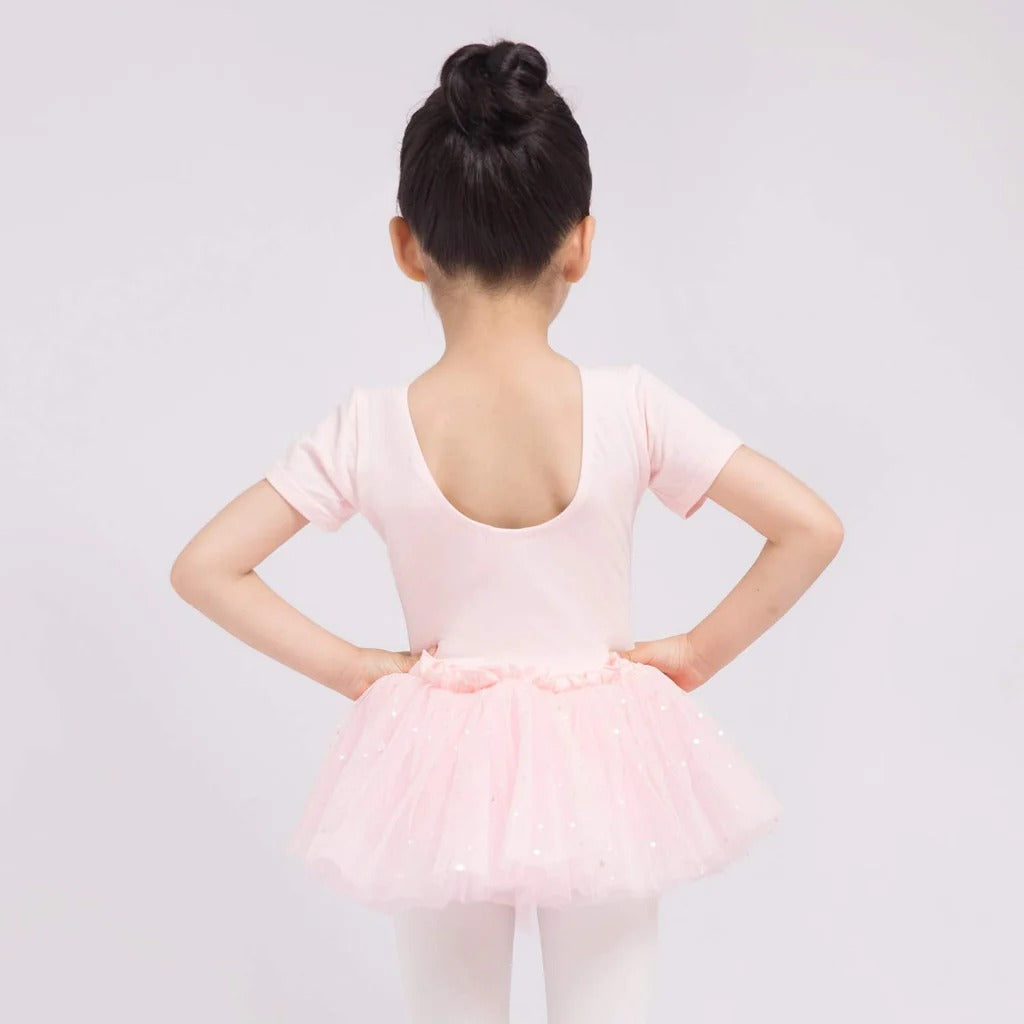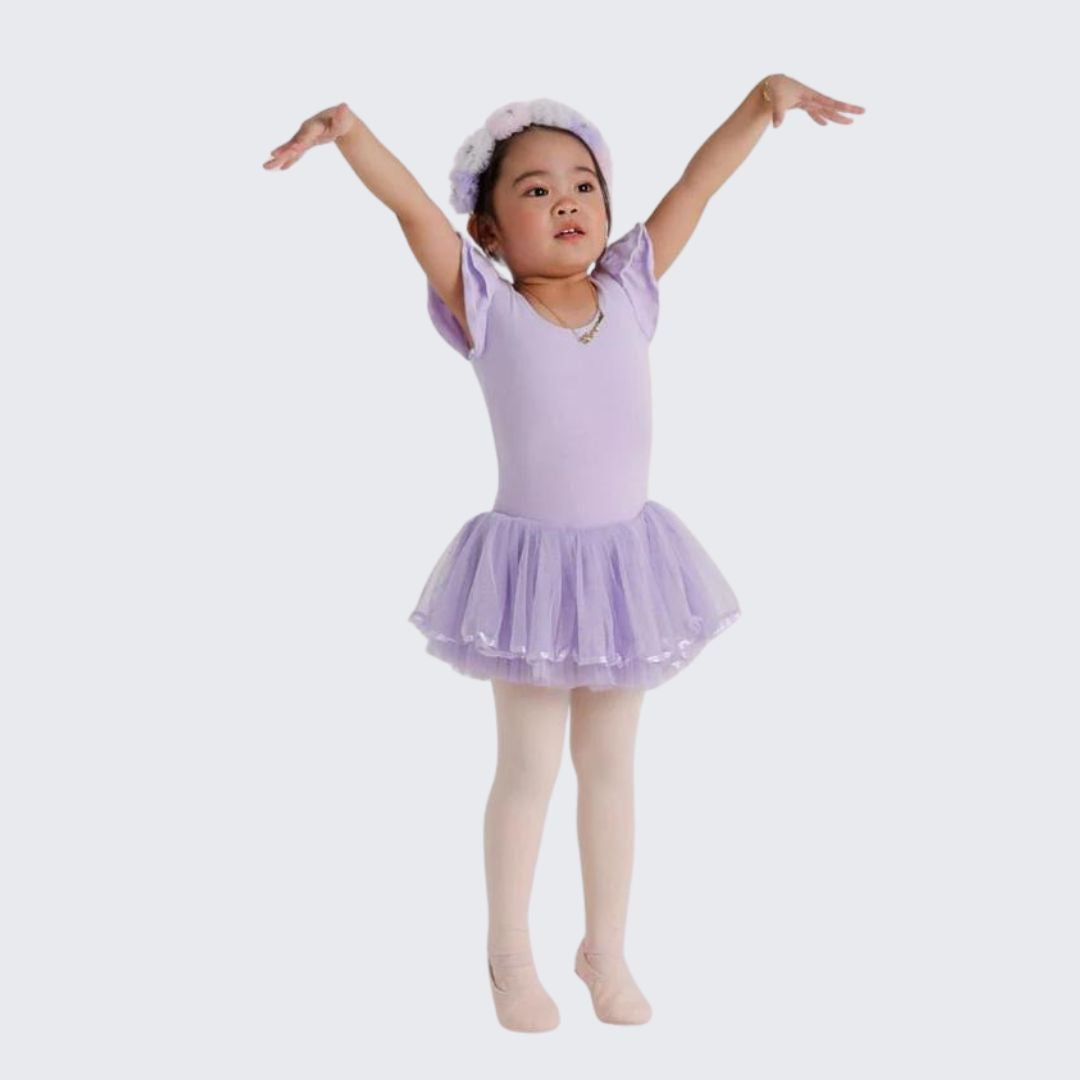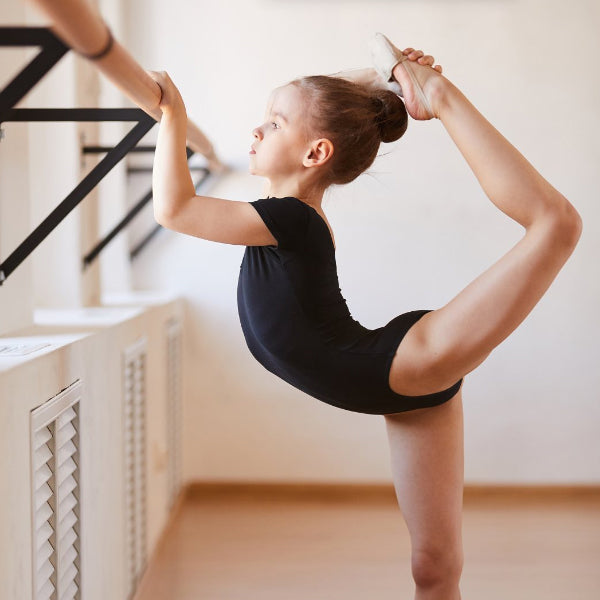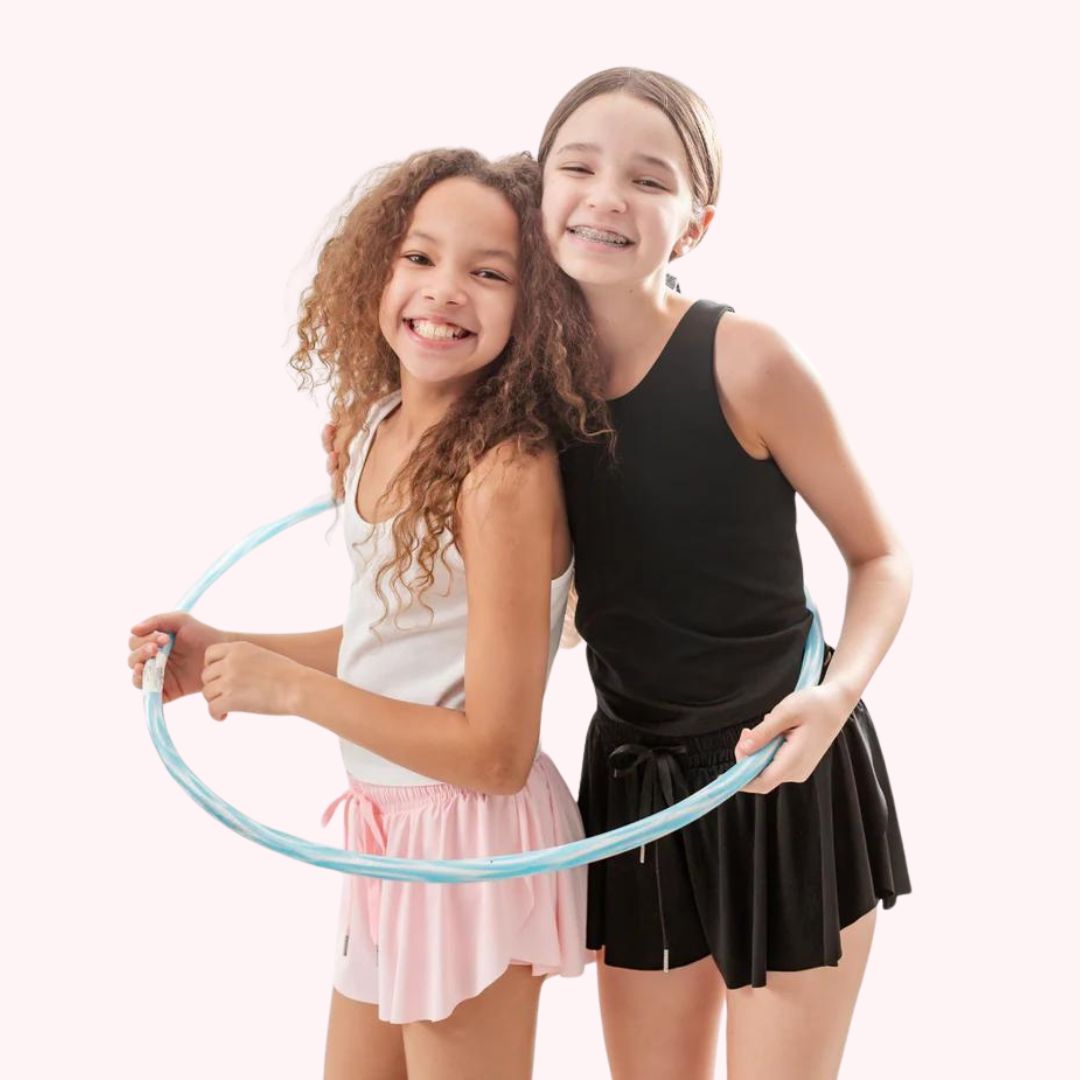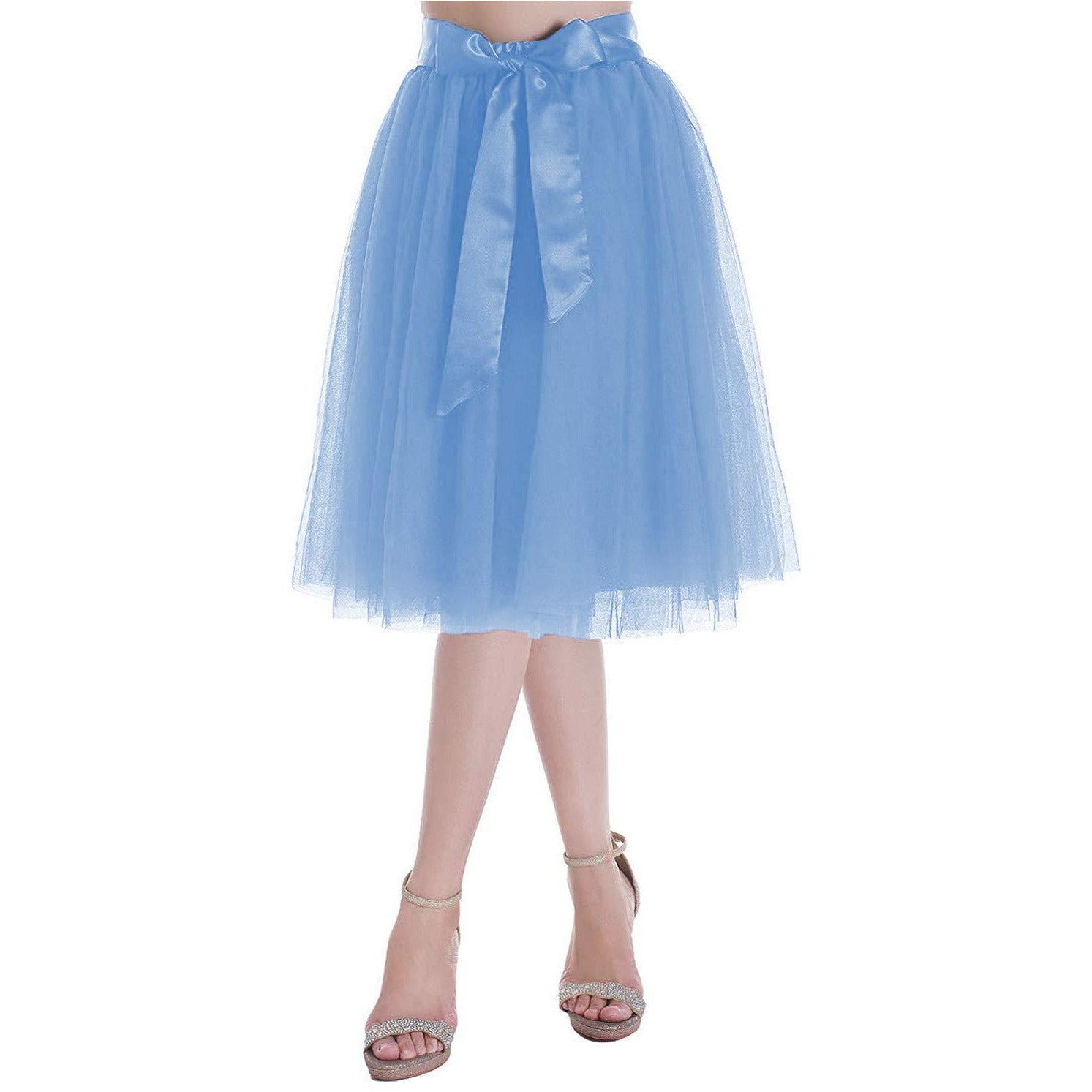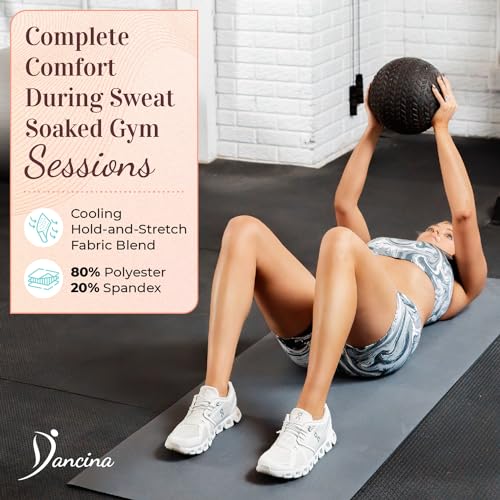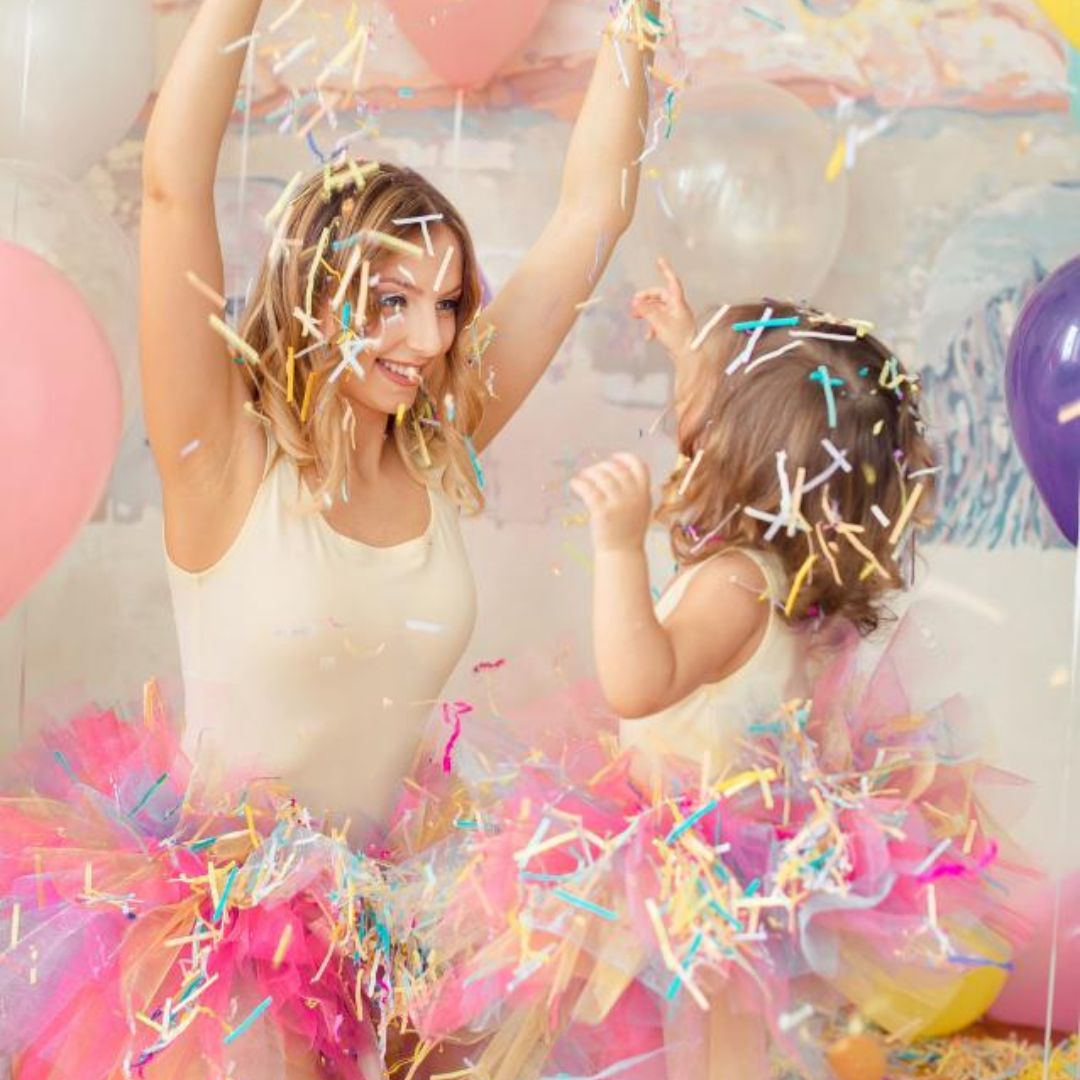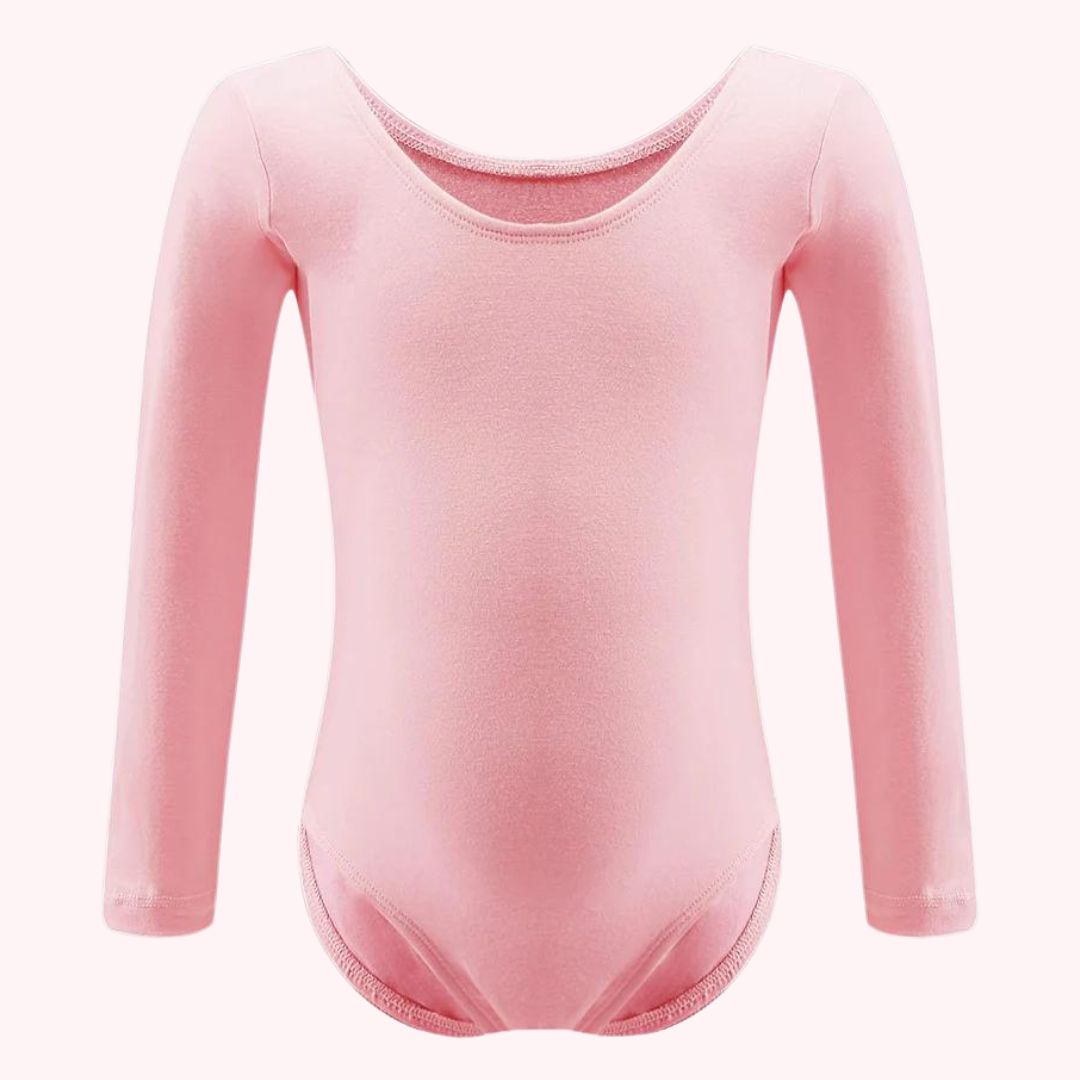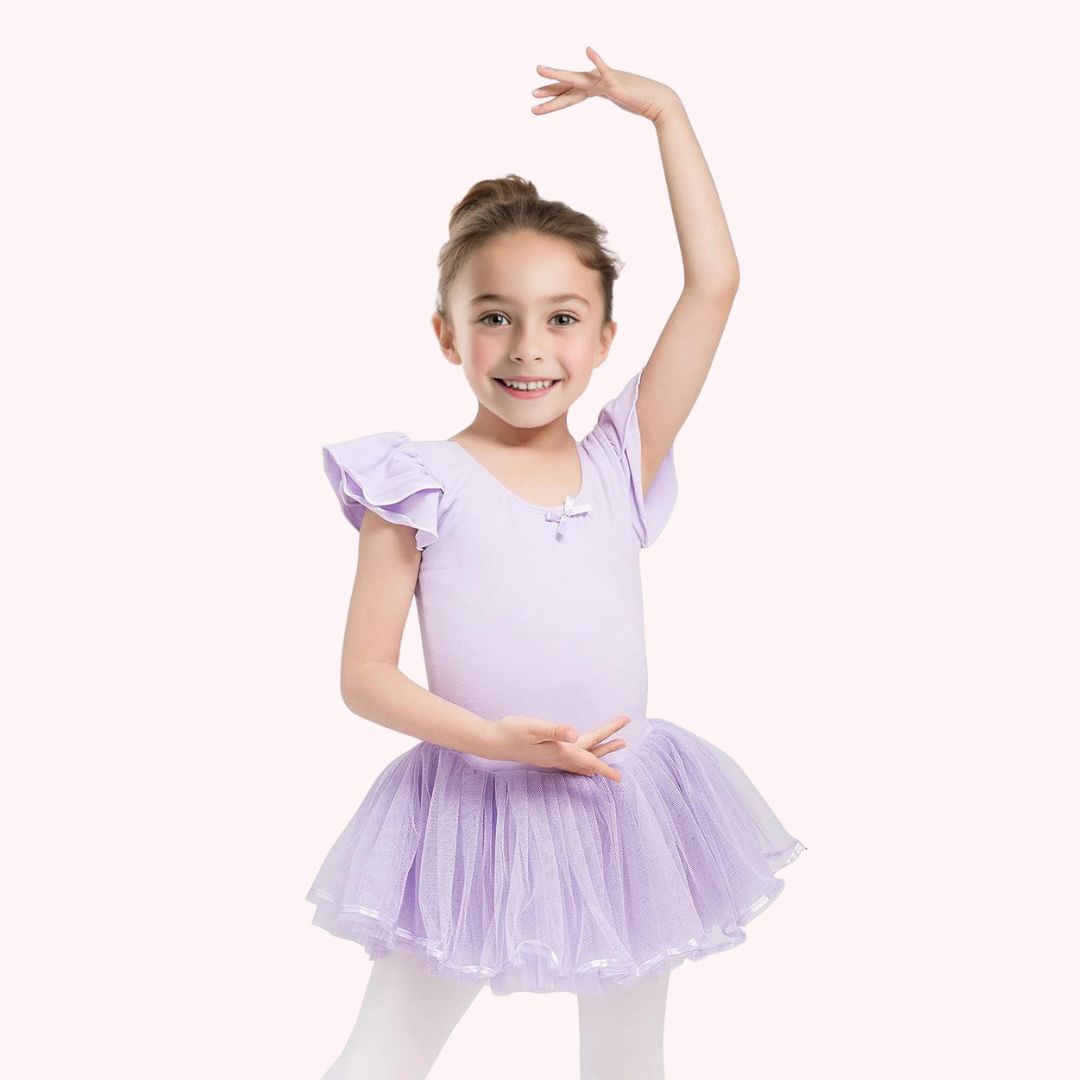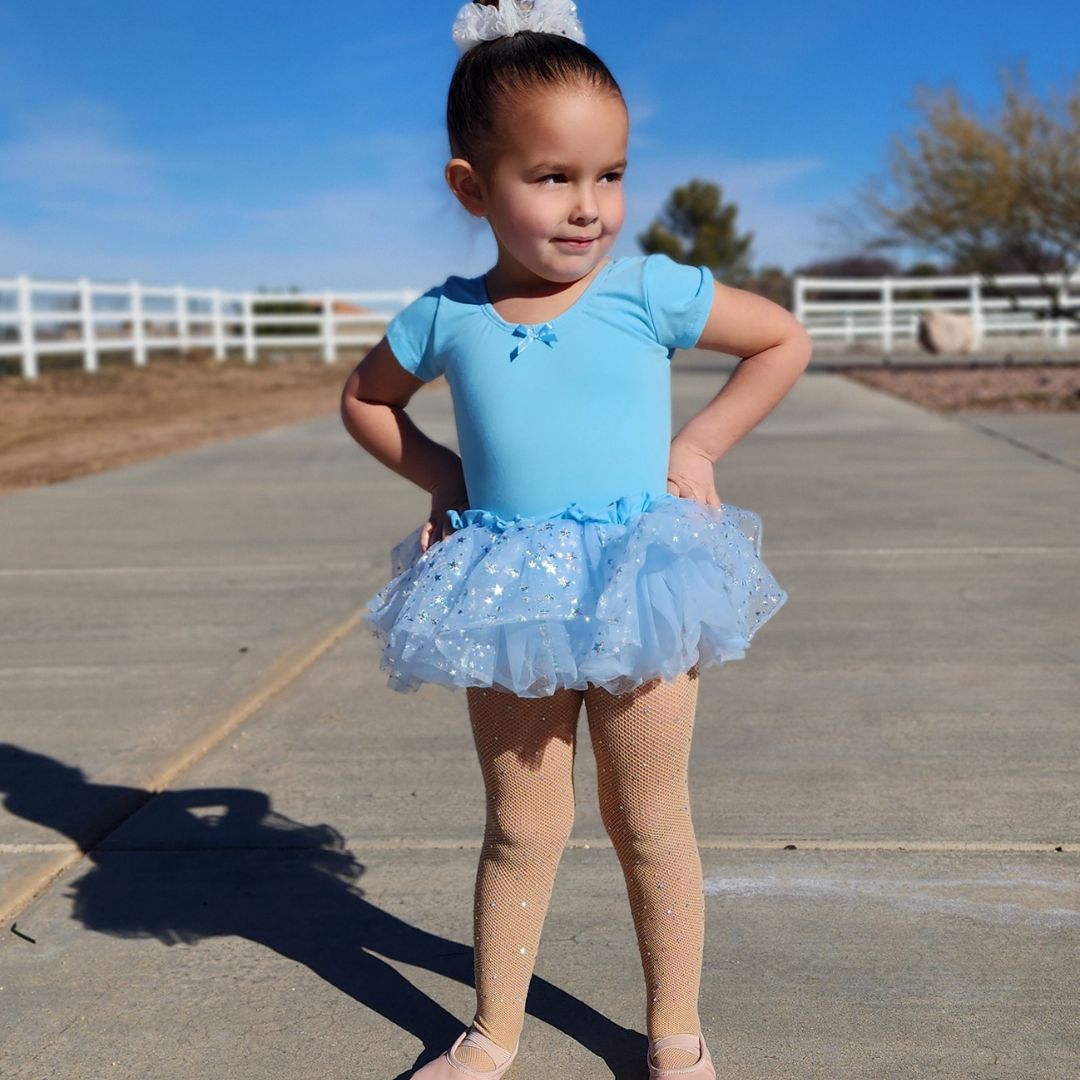Dance is not just an art form; it's a beautiful expression of emotion and grace. If your child has taken an interest in ballet, providing them with the right dancewear is crucial for their comfort, movement, and overall experience.
The right attire not only helps your child perform their best but also ensures their safety and confidence in the dance studio. In this guide, we'll explore the key elements of dancewear for ballet, including tights, leotards, and ballet flats, and explain why each is important.
- Tights: The Foundation of Ballet Attire
Tights are an essential component of ballet dancewear. They provide a smooth surface for movement, highlighting the lines and form of the dancer's legs. When choosing tights for your child's ballet class, consider the following factors:
Material: Opt for tights made from a blend of nylon and spandex. This combination offers stretch, durability, and moisture-wicking properties, which keep your child comfortable during intense dance sessions.
Color: Ballet tights usually come in shades of pink, white, or black. The choice of color often depends on the dance school's dress code. Be sure to adhere to any guidelines provided by the instructor.
Footed or Footless: Footed tights are the traditional choice for ballet, as they cover the entire foot. Footless tights are a modern alternative and can be more comfortable for some dancers. Check with the ballet instructor for their preference.

2. Leotards: The Emblem of Elegance
Leotards are the hallmark of ballet attire and are designed to showcase the dancer's posture and movements. When selecting a leotard for your child, keep the following in mind:
Style: Leotards come in various styles, including tank, short-sleeve, and long-sleeve options. Choose one that your child feels comfortable moving in, while adhering to any dress code requirements set by the ballet school.
Fit: A well-fitting leotard should be snug but not uncomfortably tight. It should allow for free movement while providing support to the dancer's torso.
Material: Like tights, leotards are often made from a blend of stretchy materials. Look for breathable fabrics that allow for proper ventilation during intense dance practices.

3. Ballet Flats: The Connection to the Dance Floor
Ballet flats, also known as ballet slippers or ballet shoes, are designed to help dancers glide and move gracefully across the dance floor. Here's what to consider when choosing ballet flats:
Fit: Ballet flats should fit like a second skin, with minimal room for the toes to move. A snug fit prevents blisters and ensures proper control during movements.
Material: Leather or canvas ballet flats are common choices. Leather offers superior durability and molds to the foot over time, while canvas is lightweight and provides flexibility but wears out more quickly. Some companies use faux leather which is to be avoided as it is not breathable.
Sole: The sole of the ballet flat should be thin and flexible, allowing your child to feel the floor while providing necessary support.

Why Proper Dancewear Matters:
Choosing the right dancewear for your child's ballet class isn't just about aesthetics; it's about enhancing their dance experience and ensuring their safety. Properly fitted dancewear allows for unrestricted movement and minimizes the risk of injury. It also helps instructors observe and correct posture, ensuring your child learns proper technique from the start. Moreover, the right dancewear can boost your child's confidence, allowing them to focus on the art of dance rather than adjusting uncomfortable attire.
At Dancina we pride ourselves in providing appropriate dancewear for your child's ballet class that contributes to their comfort, safety, and performance, creating a solid foundation for their ballet journey.
We take great care when considering all aspects that make for functional and beautiful dance wear items.
Remember, dance is an expression of passion, and Dancina Dancewear can make all the difference in helping your child's passion for ballet flourish.

